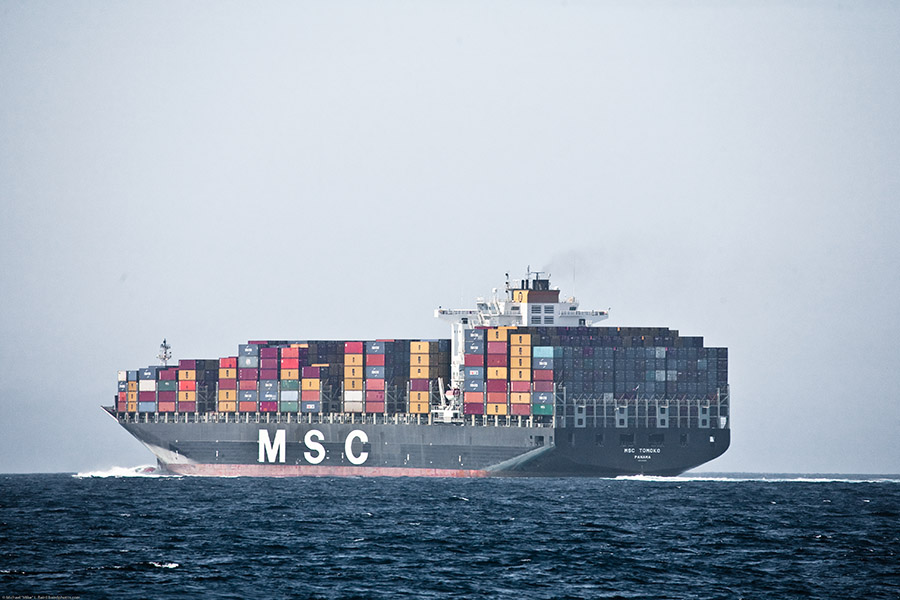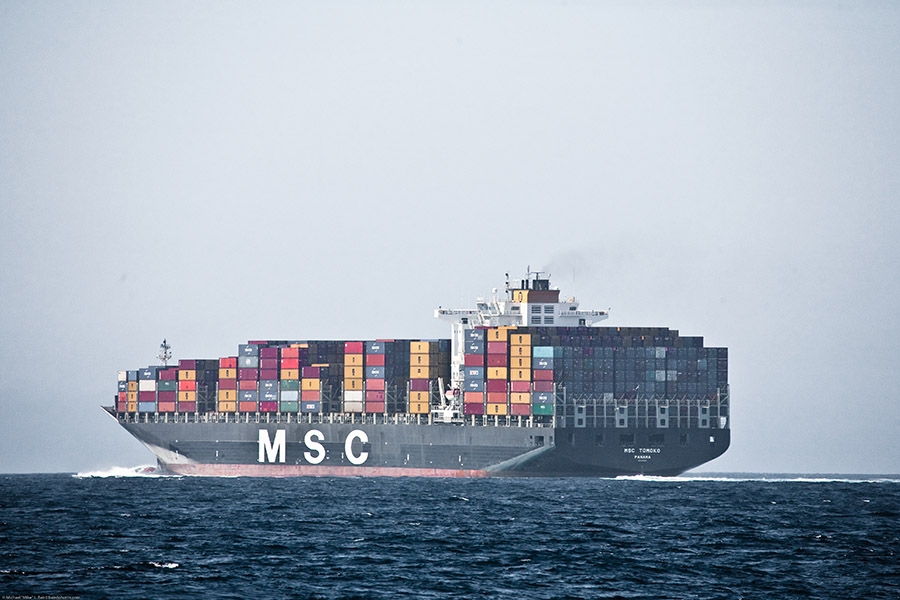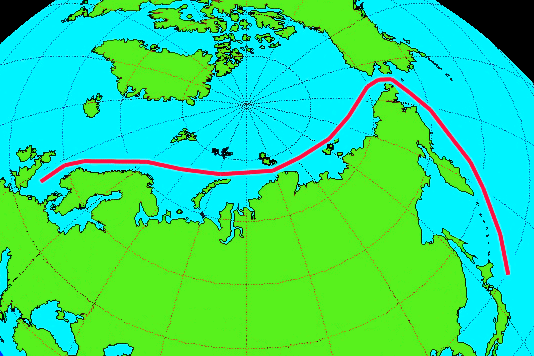 Freight companies said they would not use a new route through the Arctic Ocean if it became passable for cargo ships, according to a study by Srinivas Peeta and Ph.D. student Irina Benedyk published in Maritime Economics & Logistics. The journal's editor has selected the work as the top paper of 2018. (Photo Courtesy: Mike Baird via Flickr) |
Even with more ice melted for longer periods of the year, freight companies still would be hesitant to use a shorter shipping route through the Arctic Ocean.
That assessment of decision-makers’ attitudes and the potential use of what’s become known as the Northern Sea Route has won the 2018 Editor’s Choice Award from the journal Maritime Economics & Logistics for its importance and impact. It was the result of work by Frederick R. Dickerson Chair Srinivas Peeta and Ph.D. student Irina Benedyk.
“At least during the initial period of operations, a significant proportion of freight transportation decision-makers would not use the Northern Sea Route,” Peeta said. “This has implications for maritime freight carriers and freight transportation decision-makers in terms of actions that would make the NSR attractive.”
Each year, the editor of Maritime Economics & Logistics selects one study of “great importance” as the Editor’s Choice, noting its “direct applicability of research results [and] readership impact,” according to the editors.
The Northern Sea Route through the Arctic Ocean would reduce the time for ships traveling between Europe and East Asia and provide an alternative to the Suez Canal. Some predictions of sea ice levels indicate the passage could be safe for container ships by 2050.
“While several studies have suggested that using the NSR for container transportation is feasible and economically efficient, they assume that carriers would elicit similar demand levels for transportation through the NSR as through the Suez Canal,” Benedyk and Peeta wrote.
“This study finds that this assumption is not valid, at least during the initial period of operations. While carriers have started to explore the Arctic Ocean as a possible option for future operations, potential users may have specific concerns that need to be understood, so that the decision-makers can take appropriate actions to foster the use of the NSR.”
The paper, A Binary Probit Model to Analyse Freight Transportation Decision-Maker Perspectives for Container Shipping on the Northern Sea Route, appeared in the September 2018 issue of the journal.


